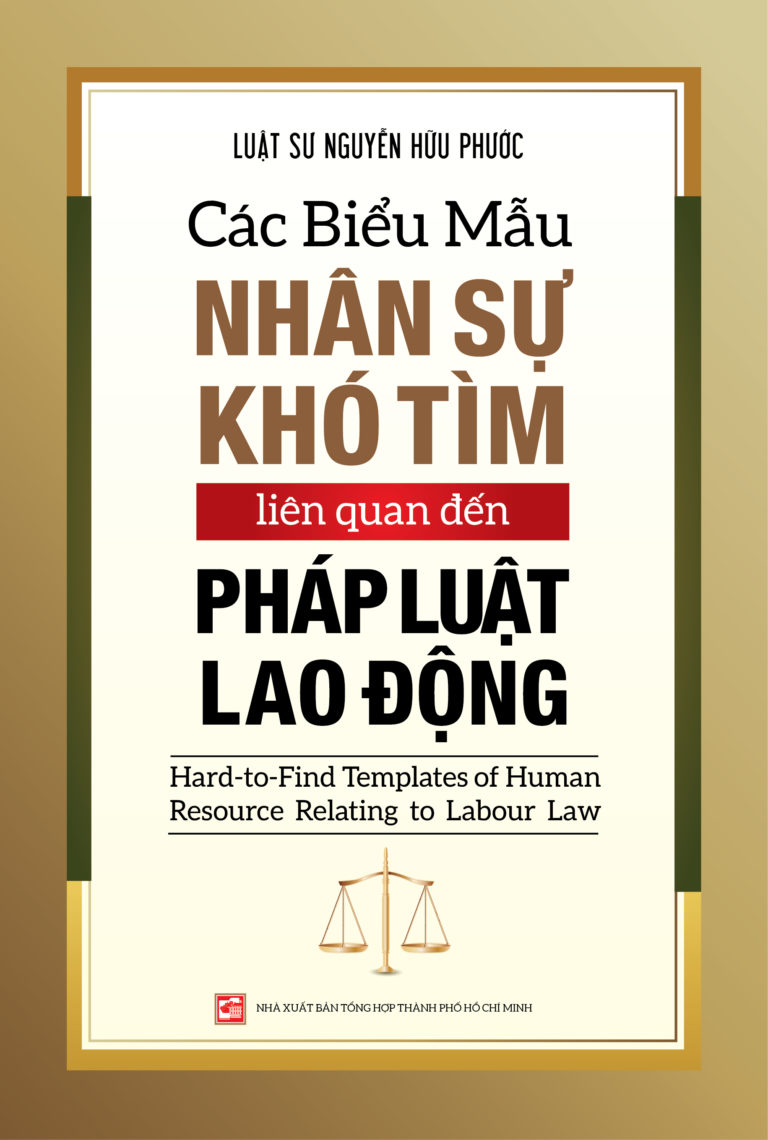Corporate restructuring in Vietnam and Everything you need to know
Any enterprise, whether a small or large one, startup entrepreneur, public company or listed company, may be in need of corporate restructuring one day. It occurs at any time when an enterprise knows it is time to consider a change. Restructuring may be necessary to survive in the market, intense development or to specialize business, etc.
There is a wide variety of reasons for this need. For example, a division is performing poorly or simply because it is no longer fits into the firm’s plans and thus, the restructuring is required to increase business efficiency, or when a group of companies wants to restructure its entire operational structure and its subsidiaries with the aim of initial public offering (IPO).
Maybe you’re interested in: How to implement corporate restructuring in Vietnam?
Restructuring refers to a broad array of activities ranging from restructuring debts or operation or organizational structure to eliminate potential financial losses to promoting business activities.
Corporate restructuring activities often are divided into two main categories: operational restructuring and financial restructuring.
Operational restructuring usually refers to the outright or partial sale of product lines or downsizing by closing unprofitable or nonstrategic facilities or the sale of shares/capital contribution in subsidiaries or a group of companies.
Alternative forms of operational restructuring include workforce reduction/realignment, joint venture/strategic alliance, divestiture, spin-off, equity carve out, mergers & acquisitions (hostile takeover and friendly takeover, for example, merger, consolidation or acquisition of assets). Financial restructuring describes actions by the firm to change its debt or equity structure. Examples of financial restructuring include leveraged buyout, reorganization or liquidation/dissolution, stock buyback.
Divestiture is the sale of all or substantially all of a company or product line to another party for cash or securities. A spin-off is a transaction where a parent company creates a completely independent subsidiary (perhaps by establishing a completely new one) and distributes shares in the subsidiary to the current shareholders as stock dividends, in such case, the subsidiary still gets support from the parent company because the parent company still retains assets, personnel, or intellectual property.
Maybe you’re interested in: How many methods are there for corporate restructuring?
The distribution of shares in the subsidiary to the current shareholders is made in proportion to the shareholding ratio in the parent company, which does not lead to dilution. Equity carve out is a variation of the initial public offering of the parent company to sell its shares/capital contribution held in the subsidiary (usually up to 20%), which may lead to dilution. In a friendly takeover of control, the board of directors or members’ council of the target company are receptive to ideas and recommend shareholders’ approval.
To gain control, the acquiring company generally offers a premium to the current stock price. It addresses the answer to the reason why bidding among different parties at the same time to acquire the target company rarely occurs but only when the acquiring company shows its interests in the acquisition via a letter of intent.
On the contrary, in the hostile takeover, the acquiring company often attempts to directly purchase shares from shareholders or buying stocks on the public stock exchange. Leveraged buyout is the transaction where the acquiring company will acquire the target company by using a significant amount of borrowed money to meet the cost of acquisition.
Acquired company’s assets are used as collateral to secure and repay the loan along with the acquirer’s assets. The purpose of the leveraged buyout is to allow companies to carry out large-scale acquisitions without commitments to much capital.
With the above in mind, you may question about which forms of corporate restructuring are suitable for you. The answer is subject to the ultimate purpose you aim to, whether your company can arrange sufficient financial resources to afford it, what legal consequences and tax implications arising from thereof are.
Thanks to mandatory and intensive knowledge of Vietnamese generic laws and specialized laws, and extensive experience in each specialized field, distinct business lines, our attorneys can assist enterprises in finding out the answer to inquiries of the corporate restructuring.
Maybe you’re interested in: Why You should hire a lawyer when you need corporate restructuring?
Why You Should Hire a Lawyer When You Need Corporate Restructuring
At the end of the day, you can define what the form of restructuring is, whether it complies with the prevailing laws, what restrictions and benefits it has, what pros and cons of such form are, how it is conducted properly, etc. in accordance with the laws and for the best interests of the enterprises and related parties.
If you would like further information on how our firm can assist in corporate restructuring issues, please feel free to Contact Us.












